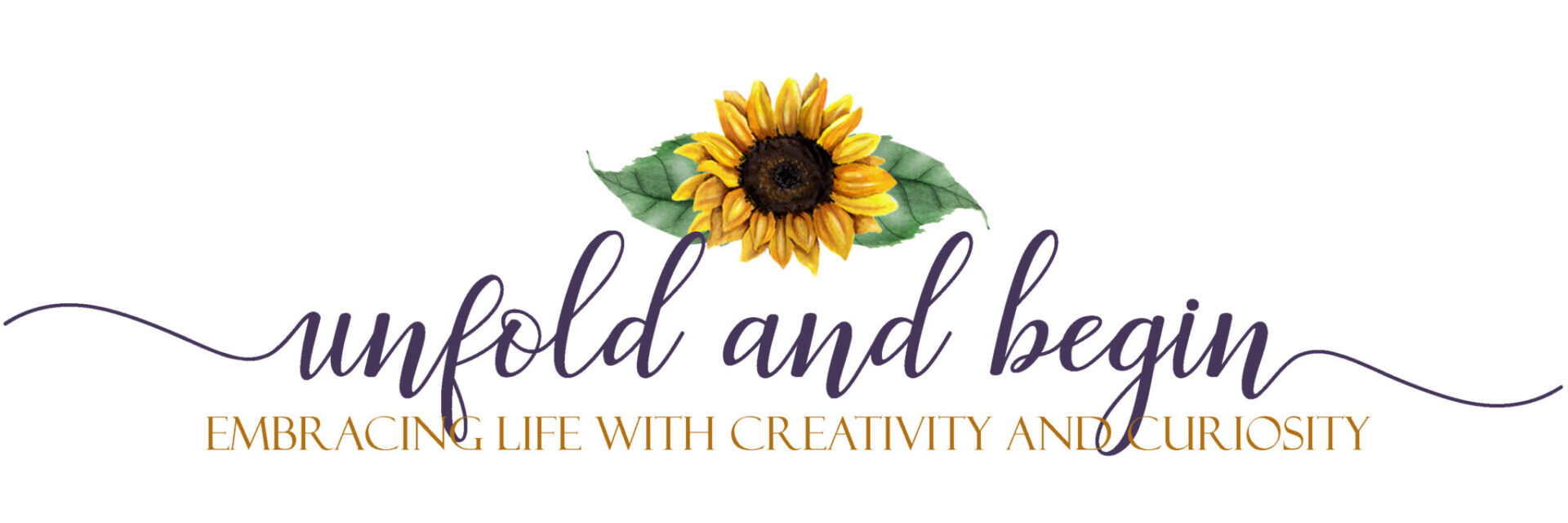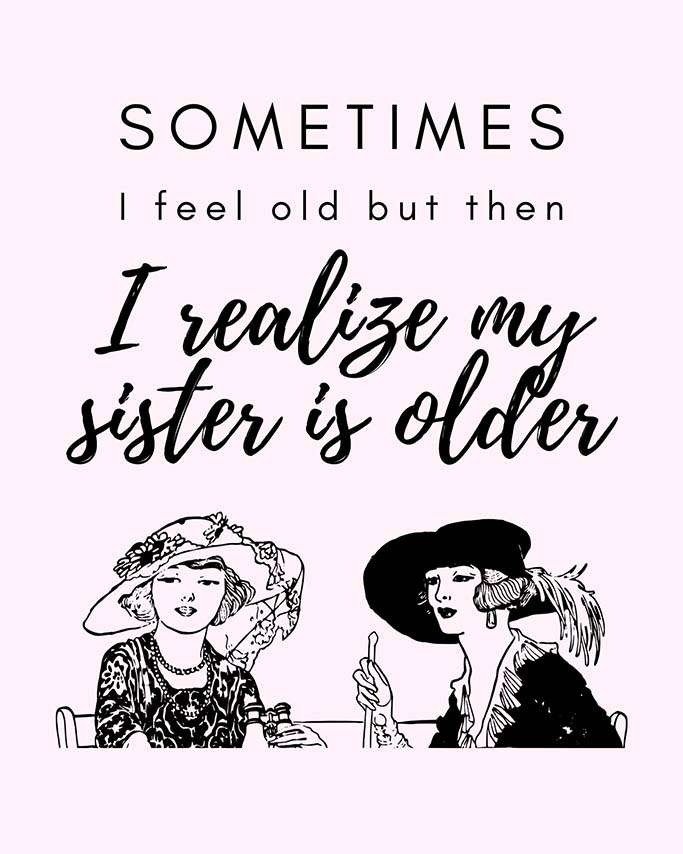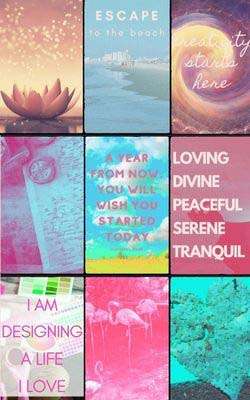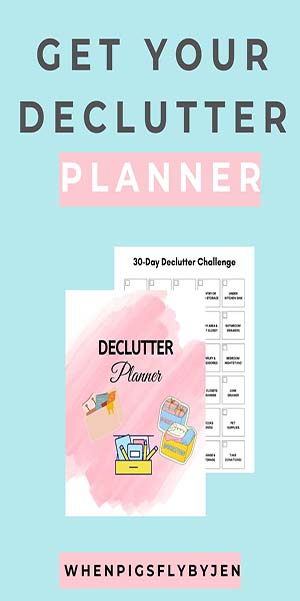Oh…did I just scare you away? Does the term ‘Vision Board’ make you think of ooie-gooie magical unicorns and crunchy, yogurt eating, yoga pants wearing hippies? Probably. But maybe you’re a little curious and you question, why do professionals need a vision board?
I know. Vision Boards is a scary (or is that mushy?) phrase. So I’m going to do you a big favor. I won’t call them Vision Boards anymore, at least in this blog post. So what do we call it? How about an action plan? I’m sure you create a lot of action plans for tackling projects at work. So instead, let’s call it a Goal Board. But keep in mind, they all mean the same thing. Just like a Vision Board, a Goal Board is a visual representation of the goals that you want to achieve.
Goals. As a professional, I’m sure you have business goals as well as personal goals. You probably even have action plans for all or most of them. But did you know that a Goal Board improves your ability to meet your goal? And that’s not ooie-gooie magic!
Why Do Goal Boards Work?
According to a post in Psychology Today “Brain studies now reveal that thoughts produce the same instruction as actions. Mental imagery impacts many cognitive processes in the brain: motor control, attention, perception, planning, and memory.”
See an image of your goals and think about how it feels to achieve those goals. And in doing so, you are priming your entire mind and body to help you meet that goal.
Another reason why Goal Boards work is the very fact that it’s Visual. In a previous post, about Goal Boards, I wrote about learning styles. 65% of people are Visual Learners which means that seeing pictures helps them remember. Another 5% are Tactile or Kinesthetic learners, which means they need to move or manipulate what they are learning, these are the hands-on learners. So the process of creating a Goal Board helps them to remember. The other 30% represent auditory learners. These are the people who learn best while listening. These are the people who work best with Affirmations, which can be built into a Goal Board.
If you are unsure of your Learning Style then head on over to the above blog post where there is a link to a quiz. The quiz will help you determine your best learning style and even give you tips on how to take advantage of your learning style.
Steps To Create Your Best Goal Board
Think of an athlete visualizing their next match. They not only picture how well they will play but how great they’ll feel when they win. So how do you translate that into a goal board? Follow the steps below.
- First, reflect back on what you’ve accomplished so far this year. Both professionally and personally. It’s ok to feel good about what you’ve accomplished so far.
- Now look ahead to the end of the year. What do you still need to complete, What new things do you want to accomplish by December 31st? How will it make you feel to accomplish those goals? (Successful? Accomplished? Loved? Proud?) How you feel about your successes is just as important as accomplishing them.
- Now it’s time to determine your best Goal Board style. After you’ve taken the Learning Style quiz, you know whether you are a Visual, Auditory or Kinesthetic learner. Find magazines and cut out words and phrases to match your goals and how you want to feel. If you want to feel successful, maybe a picture of an athlete crossing the finish line with their arms raised in victory represents that feeling. Or if you want to feel loved, a picture of a person cuddling with a puppy or kitten. What pictures speak to your feelings?
- If you are an Auditory Learner, it’s important to find affirmations or create affirmations to go on your Goal Board. If you can’t find what you need in a magazine, then use your computer to create your own and print them out. Or you can write them onto your Goal Board.
- If you are a Kinesthetic learner, then you need to be able to manipulate what you see. Do this by either creating a Portable Goal Board or by make your Goal Board a little more touchy-feely (but not in a new-agey way!) You can add flaps over your goals so you have to lift the flap to see something or you can add glitter or puff paint to your board so you can run your fingers over it. Anything to make your Goal Board more interactive.
- Lay out all your pictures and phrases until you find something that’s visually pleasing to you and then glue everything down onto a piece of cardboard. You will be putting this up somewhere that you can look at it every day. Maybe on top of your bureau or on your door.
- If you’re an Auditory Learner, then it helps if you repeat out loud the phrases and affirmations that you added to the board.
- If you’re a Kinesthetic Learner then lift those flaps or better yet, pull out the accordion style Portable Goal Board. You can also repeat some of your goals and affirmations while you’re walking.
- Remember, there is no wrong way to create this. There is only your way. The way that works best for you.
- Repeat every day. Or even more than once a day.
Now that you have your Goal Board, it’s important to look at it every day. Nothing magical is going to happen, but it will help you to keep your goals in your mind. Keeping your goals in mind will also help you to recognize those opportunities that help to further your goal. It will also help you to recognize those instances that will take you further away from your goals. It’s up to you to make the choices that bring you closer to your goals.
Look at those pictures daily. And like an athlete see and feel yourself achieving those goals. You are now one step closer on your path to meeting your goals.






I have said for years that I’m going to create a vision board. Maybe thinking about them as goal boards will get me to actually create one this year. Thanks for the concrete ideas and well-written post. 🙂
I know that many people shy away from the term Vision Board, but truly, it’s all just goals I want to achieve to me.
I had my stab at a Vision Board on my blog last week Jennifer (https://www.crestingthehill.com.au/2018/06/creating-a-vision-board.html ) and even quoted you as I launched my post! Vision/Goal Boards are such an interesting concept – now I’ve tried it, I’m thinking about doing another one in the not too distant future.
I just saw your post and commented. I didn’t realize you linked back to me. I loved the way you created your vision board. The key is to make one that works best for you, not for me.
Hi Jennifer – thanks for linking up with us at #MLSTL – I’ve shared this on my Social Media so that others can start thinking about stretching themselves in their visualizing skills!
Well, here’s what I think. No one “needs” a vision board. But they are so helpful and also so much fun to put together! It certainly can help focus thinking and our path forward.
I love that you think they are helpful and fun to put together. Because they are both!
I thought all vision boards had a gigantic E at the top of them? Are you rewriting the rules for vision boards? I feel like I missed something somewhere :)…..I’m back!
Unfortunately no amount of medical assistance will be able to help you with finding all that you missed.
I think I prefer the phrases “action plan”or even “bucket list” than “vision board” … but my 12 yr old son tells me that “vision board” is the phrase to use nowadays! Still, whatever phrase you use, they help to focus on what you aim to achieve ?
It is the “in” phrase lately. But I know some people feel icky by the phrase, so I gave an alternative.
I love the idea of vision boards… but my follow-through is non-existent. I rarely buy magazines and don’t feel comfortable acquiring them just to cut them up 🙂
I have started using Pinterest as a personal inspiration board. Digital clipping works better for me.
Digital clipping works well too…as long as you look at it every day. The idea of a Vision Board is to help you keep your goals in mind so you’ll be able to recognize opportunities when you come up.
You’ve got me motivated to do this, Jen. Thank you.
I’m so glad Corinne! Thanks for stopping by.
Rather than scaring me at the mention of a vision board, you grabbed my attention. I keep seeing this ad on Facebook about developing a part-time business teaching women how to create their own vision boards. I think I would LOVE doing that. But I am scared to try it. And have no capital/money to invest in order to start a small business. Anyway, bravo for this article. For your directions. For encouraging others to try a vision board.
Have you heard of Dream It Alive? I stumbled across it about a year ago. It is kind of like an online/virtual vision board. Check it out here: https://www.dreamitalive.com/home.aspx Might be fun for you!
Leslie, thank you for stopping by. I don’t think you really need investment capital to start teaching a vision board class. Only tools you’ll need are magazines (which you can ask participants to bring) cardboard, scissors, and glue.
Funny – I just got a board – and now it’s covered with pictures and invitations and other stuff. I’ve thought about a vision board…and maybe I should use it for that too!!
Yes, get to it quick before it becomes a memory board. ??
Hi Jennifer! I am a big fan of vision boards–and it doesn’t matter what you call them–they work. My husband and I started doing them back in the 80s and just about every single thing we have ever put on a board has manifested. Maybe not right away but soon enough. We haven’t done one in awhile though so maybe it is time to start thinking about a new one. ~Kathy
First off, LOVE the idea of a portable one for kinesthetic learners! (And second, also love how you’ve included tips for each different learning type to use when utilizing their boards/plans 🙂 ) This post totally makes me think of the fall day in my final year of grad school when my advisor told me to go home and map out a plan to write/revise/defend the dissertation over the course of that academic year, and I came back the next day to report I had printed out tiny little weekly calendars from September through April, then written on each EXACTLY what I’d be writing and/or revising that week, building in both “wiggle room” and committee feedback time, so that I’d still be done before May 1 – then push-pinned them to a bulletin board (they covered the entire surface!) that I then hung over my desk. Her eyes bugged out a bit – apparently she was a bit startled by my prompt/literal response to what she’d instructed – but having that board hanging over my head (literally!) WORKED. Defended before the following April was out 🙂
I love that you created those tiny calendars! Sounds like you are a bit of a kinesthetic learner, otherwise why not just use a school year calendar instead of cutting them out and pinning them up. As a kinesthetic learner myself, that portable vision board was first and foremost created for me.
I have ” vision notebooks” and I know that they work because they keep my dreams and goals front and center in my awareness! Nice to meet you through #MLSTL
Thanks for stopping by. I think a Vision Notebook is fantastic and I’m glad you understand the important of them.
I’ve never heard of this before, but I like the idea!
Thanks for stopping by. I’m glad you like the idea of Vision Boards. I hope you try it out.
i don’t mind the term Vision Board, Jennifer but I do like ‘Goal Board’. As a person who is pretty goal orientated I’m in heaven when I read your post. I’m a kinesthetic learner so the idea of portable goal board appeals to me. Thanks for sharing with us at Midlife Share the Love Party and I’m off to make my Goal Board. xx
Another kinesthetic learner! That’s why I came up with the portable vision board, I needed to touch my Vision Board, not just put it on a wall and look at it.
I haven’t taken the learning style quiz, but I suspect I’m an auditory learner, because my goal board is all words–quotes and lists. I do use different color markers to spice things up. 🙂 I found your blog on #MLSTL.
You may be a combination of auditory and visual. I have a lot of words and quotes on my vision board but I’m a kinesthetic learner first and visual second. Auditory doesn’t even register for me.
As I comment to Leanne on her blog about vision boards I tried it once but for reason, it got pushed under the sofa and I didn’t find it again till I moved. I do like the concept and might try again.
This was an interesting read. I can see how these would be very useful for some though I must say vision boards don’t appeal to me. Being very strongly a visual-linguistic learner and with little spatial inklings, I prefer to articulate my goals in words – eg, lists, a plan, objectives. I like the goal of vision boards, but horses for courses I guess.
To each his own. I can’t just look at pictures and I definitely can’t do affirmations (snoozefest!) so that’s why I created my first portable vision board. I love the accordion style pages. But I also include words and phrases because I need to read them, not say them out loud.
Hi Jennifer,
I’m a huge fan of vision boards and have been making them for years. While they’ve all worked, the most powerful one I’ve ever made is the one I did last year. It took vision boarding up a notch for me because it was a board based on a metaphor I created for what I wanted in my life. Research indicates that metaphor is particularly powerful “as a medium of fuller, riper knowing” because developing a metaphor requires thinking deeply about a concept.
I ended up writing a post about three different kinds of vision boards -https://profoundjourney.com/why-this-years-vision-board-game-changer/
Thanks for your post, Jennifer. I’m glad you found some alternative language for those who are turned off by the terms. The process is worthwhile, whatever you want to call it!
It’s always fun to find a fellow Vision Board fan. I’ve not heard of using a metaphor to create your Vision Board. I like thinking about how I want to feel and what I don’t want to regret at the end of my life. I thought your post about it was pretty interesting.
I am resisting a Vision Board/Goal Board/Bucket List, etc with all my might at this point. Perhaps because when I look back on so many years of journals and vision statements, I find that they are repetitive and feel as if I’ve made little progress. While that might sound defeatist, I am trying instead to accept that, for now, I am choosing to live more intuitively without too much looking ahead or planning. I like to believe I am trusting that the Universe knows what is best for me …
But the pose you resist is the pose you should explore as we might say in yoga. I learned from someone else that Vision Boards don’t necessarily have to be about goals. You can create one that is about how you feel. Or, if you’re not sure what your goals are, that you should look for pictures and phrases that resonate with you. But I’ve also found that while I might have something on my Vision board, it doesn’t always work in a straight line. For instance, our last vision board included down-sizing in preparation for an eventual move to Florida. We’ve downsized alright, but it was in order to move in with my mother so I could be her caretaker. A zig in our straight line. Unlike the young man in my story, I didn’t say no because it wasn’t my ultimate goal. I saw it as the opportunity it was, not only to take care of my mother but also the first step in our next journey. It’s where we need to be right now. If I didn’t do it, where would I be right now? Probably not downsized.